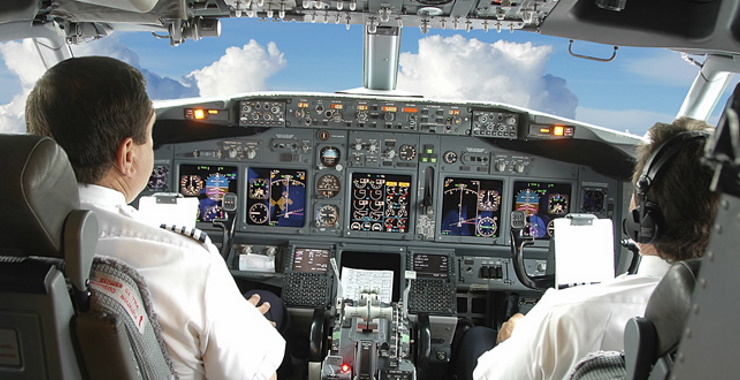Oxygen, the most abundantly available gas, is still required heavily in medical areas for treatments and therapies in compressed forms. As such, medical oxygen is a vital gas used by various medical professionals to treat several ailments like hypothermia, respiratory disorders, pneumonia, and more to keep the patient in regulated conditions. They are best for such illnesses since patients cannot physically inhale natural oxygen properly. Several hospitals and doctors recommend oxygen therapy for such diseases for faster resolution and immediate relaxation.
Uses
Here are some of the most important uses of medical-grade oxygen:
Emergency Transport
It is often difficult to breathe during most emergency conditions since an individual cannot breathe natural air. Even mental health conditions like panic attacks need medical expertise and oxygen support to help the patient inhale better. As such, shortage or inability to breathe before reaching the hospital can prove dangerous, and one should never risk it.
Delivery Rooms
Pregnant women go through dire conditions in the hospital while giving birth. And sometimes, it becomes hard to inhale and exhale naturally during and after the process due to medical maladies. So hospitals ensure providing mothers with constant oxygen support since they already face too much pain from the surgery to breathe adequately.
Others
Various other sections in the medical field use oxygen, such as:
- Chronic health conditions: Several health conditions result in an acute shortage in breathability when an individual requires professional support to breathe.
- Old age: Many older individuals use oxygen therapy at home since they constantly need oxygen supply, which is difficult to provide at hospitals.
- Asthma: Asthma is the most widely known ailment that needs immediate oxygen support. As such, most asthma patients have gone through oxygen therapy to help ease their pains.
Oxygen Therapy at Home
Carefully handle the oxygen for home usage since professionals are not available constantly to provide instant support. As such, one can learn the basics by knowing the instruments involved in the act.
- Tubes: Oxygen tubes placed directly inside the nostrils help the patient breathe without needing to move.
- Oxygen cylinders/concentrators: These cylinders come filled with medical oxygen enough for the patient’s usage. So ensure using the recommended amount and pressure by the doctors and replacing them when required.
- Mask: This mask keeps the tubes in place and prevents them from falling down. It protects the gas from escaping and utilises the maximum amount possible.
Do’s and Don’ts of Using Oxygen Cylinders at Home
Pressurise the cylinders properly and use professional help if needed. Also, perform all the activities with clean hands to avoid bacteria transfer. Refill when necessary and timely to avoid consequences, and use clear and distilled water while doing so since contaminated water may affect one’s breathing and worsen it over time. Lastly, check the gauge often to understand when the cylinder needs a change.
Travelling With Oxygen
Travelling is often strenuous for those who need medical support. But with a few instructions, one can travel as readily as others with any mode of transport. So here are a few checkpoints to keep in mind:
- Avoid smoking in the vehicle when travelling with a patient requiring oxygen therapy since it can infiltrate their tubes.
- Inform the flights or cruises about the support or to bring oxygen cylinders since some modes of transport might need prior information.
- Avoid using inflammable items near the cylinders since they can catch fire and be highly dangerous in a closed space.
- Get prescribed by the doctor and use the card to be allowed into various public transportation services without hassle.




